Sichuan, China
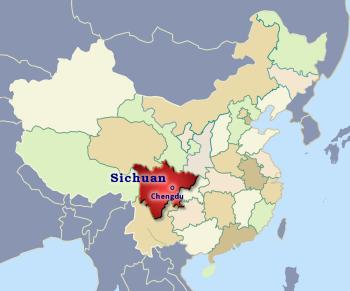
| Province | Sì chuān 四川 'four river' |
| Short name | 川 Chuān |
| Capital | Chengdu |
| Population | 83.675 million (5.92%) [5th] comparison table |
| Area | 485,000 km2 [187,259 mile2] (5.05%) [5th] |
| GDP | 58,080 (19.43%) [18th] |
| Neighbors | Tibet Qinghai Gansu Shaanxi Chongqing Guizhou Yunnan |
| Others | or just click on the map |

Surrounded by mountains Sichuan has the feel of a hidden kingdom. Known for ferocious heat both in climate and cuisine, Sichuan literally means four rivers emphasizing the copious waters that flow out of the Tibetan mountains south through the province to join the Yangzi. (The name is not, as widely stated, named after four rivers: the Min, Tuo, Jaling and Wu rivers; it is in fact a shortened name of an administrative district of rivers and gorges 川峡四路 chuān xiá sì lù). It is also called the ‘Red Basin’ from the widespread fertile red soil that have made it an important source of food for China over many centuries. Of all the Chinese provinces it is the one never to have known famine. You still see Sichuan sometimes written as Szechuan WG particularly on Chinese restaurants in Europe following the older Wade-Giles spelling.
Always a populous province, Sichuan was once the largest by land area; but in 1997 Chongqing was split off to form a new province, reducing the area substantially. This still leaves Sichuan with the fourth largest population in China after Shandong; Henan and Guangdong and the fifth largest in area. It is famous as the birthplace of Deng Xiaoping and the home to some of the few remaining Giant Pandas.
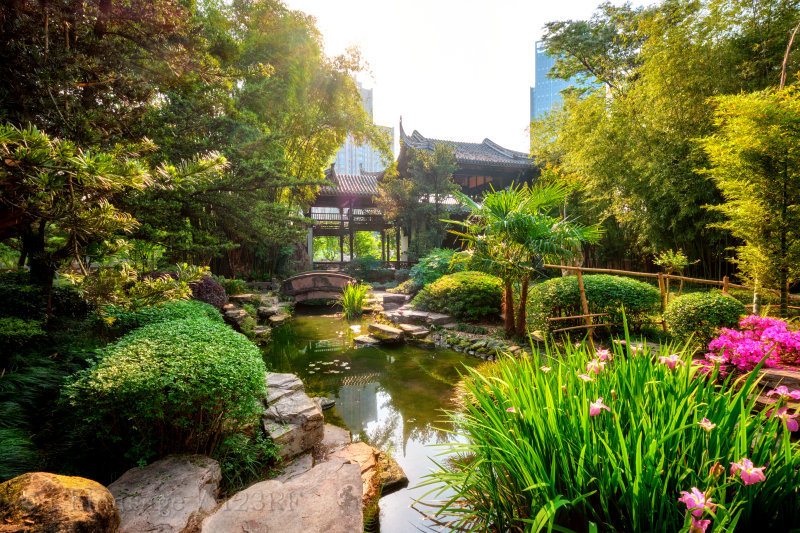
Chengdu
Chengdu is the bustling capital city handling the province's agriculture; silk; industry and administration. On a clear day the snowy Tibetan mountains can be seen far away in the distance. As long ago as the Han Dynasty Chengdu had as many inhabitants as the capital at Chang'an. At the time of the Five Dynasties numerous Hibiscus shrubs were planted giving Chengdu the poetic name of the 蓉城 Róng chéng ‘Hibiscus City’. The Tang dynasty poet Du Fu had a thatched cottage ➚ near the city that can still be seen today as a museum of his life and work. Renmin Park is famous for its tea house while Wangjiang Park has an impressive collection of different kinds of bamboo, a plant that is much used in the province. A temple to the wise statesman Zhuge Liang is surrounded by a park and cypresses. It was Zhuge who helped found the kingdom of Shu ➚ together with Liu Bei who also has a tomb in the park. Xue Tao ➚ a famous female poet of the Tang dynasty is commemorated close by. There are museums at Yongling ➚ (tomb of Wang Jian leader of Shu kingdom) and Jinsha (ancient Basha exhibits). Chengdu holds a flower festival in the middle of the second Chinese month each year. Most importantly for the many modern visitors, Chengdu has a zoo housing Giant Pandas.

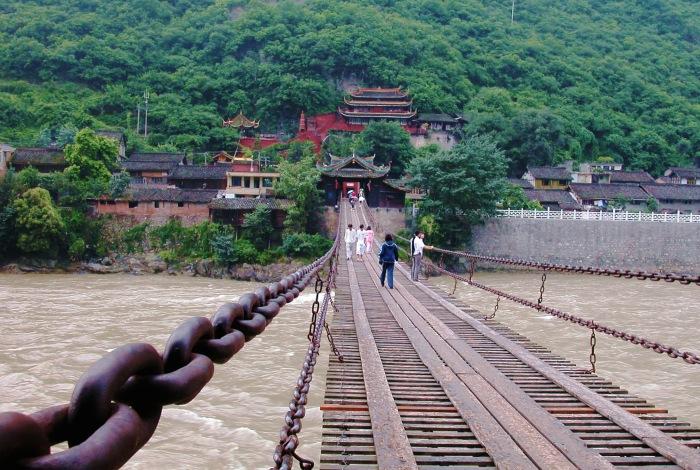
Elsewhere in Sichuan
Guanxian to the north-west of Sichuan is where the river Min was diverted and controlled to irrigate the plains around Chengdu as early as the Qin dynasty. Meishan to the south west is famous as the home to the Su family of poets from the Song dynasty. Luding has a historic bridge over the Dadu river, this was the scene of an important event on the Communist's Long March of 1935. Sanxingdui to the north of Chengdu has a museum showing the finds from the site of a city 3,000 years old where many strange bronze and gold ornaments were found of a 'lost' civilization. Wanglang Nature Reserve 25 miles [40 kms] northwest of Chengdu is home to the captive breeding program for Giant Pandas; there are a number of other animals that can be seen there too. Further south Leshan is a busy agricultural city with historic sites nearby.
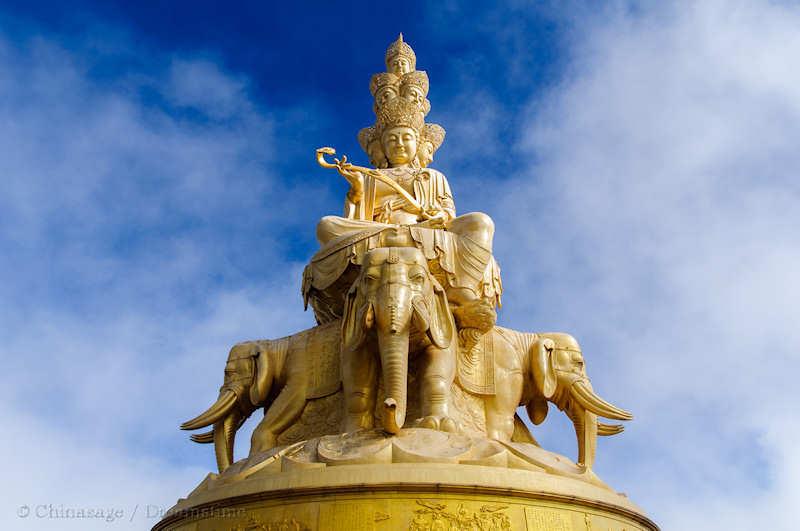
Just west of Leshan is Emei Shan ➚, one of the most sacred Buddhist mountains in China with a steady stream of Chinese pilgrims. It has the largest Buddha in the world - the Giant Buddha ‘Dafo’ (233 feet [71 meters] high) carved into a cliff during the Tang dynasty; it faces towards Mount Emei . Described by poets as ‘Beauty under Heaven’ the mountain has captured the imagination for centuries. The mountain has groves of azaleas and ginkgo trees and a famous ➚ tea is produced on the slopes of the mountain. Giant pandas and thousand year old trees can be found on its slopes.
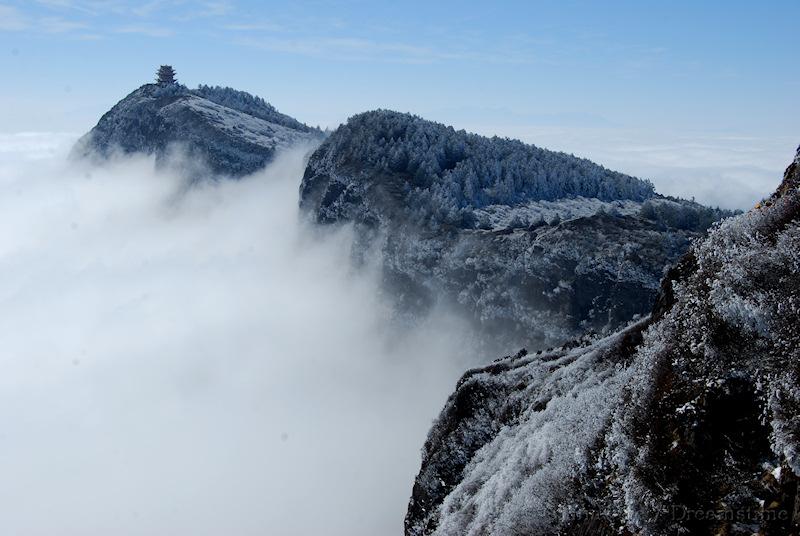
Mount Emei rises to an impressive 10,167 feet [3,099 meters] high. There are seventy temples dotted over the area for example Baoguo ➚ Buddhist Temple is at the foot of the long 39 miles [63 kms] hike to the summit. It has 4,700 figures and a complete Huayan sutra ➚. Legend has it that the first ever Buddhist monastery was founded on the mountain. Some way up is the Qingyin Pavilion ➚ and at the summit the mist often produces a mysterious iridescent halo ➚ that has tempted many to launch themselves off the peak. On the way down Wannian Temple ➚ is a viewing point where there is a 62 tons [56,245 kgs] bronze Buddha from the Song dynasty. Emeishan is also famous for the macaque monkeys that pester visitors for food.
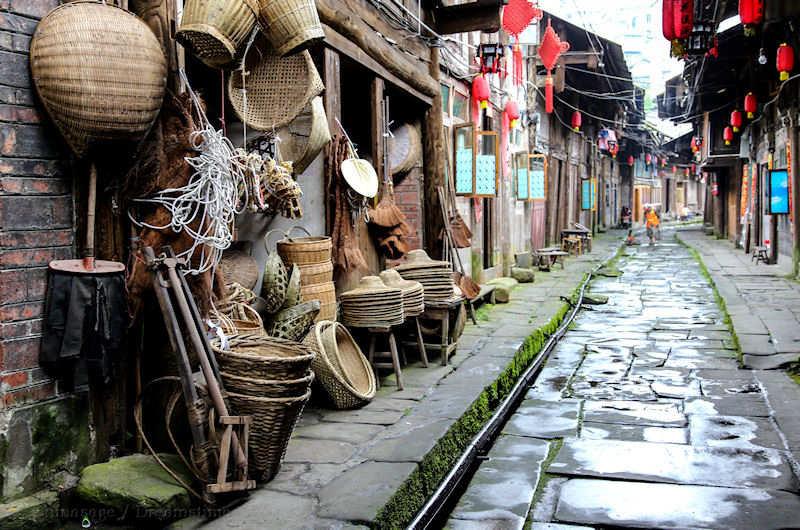
An Ancient Plank Road ➚ at Guangyuan guards the strategic mountain pass north through to Shaanxi. Further west Kangding lies close to the impressive mountain of Gongga Shan ➚ the highest peak in Sichuan 24,790 feet [7,556 meters]. Kangding was a border outpost with Tibet and retains many features of its old trading history. Dege ➚ has a Tibetan Lamasery and library while Qingchengshan-Dujiangyan National Park ➚ has ancient Daoist relics.
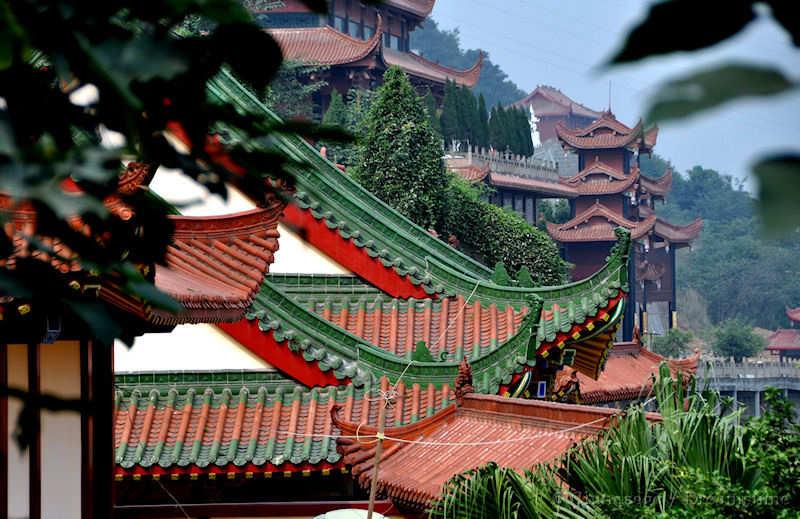
Even further west is Litang which has as high an elevation as Lhasa in Tibet. Jiuzhaigou ➚ (Nine village valley) north-east of Songpan is a large scenic area popular with tourists among the mountains. The glacial waters from Tibet give the lakes and rivers a clear aquamarine color. It is also home to the secretive giant panda.
The ancient city of Zigong's prosperity was based on the production of salt that was pumped out from deep below. Nowadays it is oil and gas that are the money spinners. There is a museum of the salt industry here, showing how bamboo was used for much of the pipework.
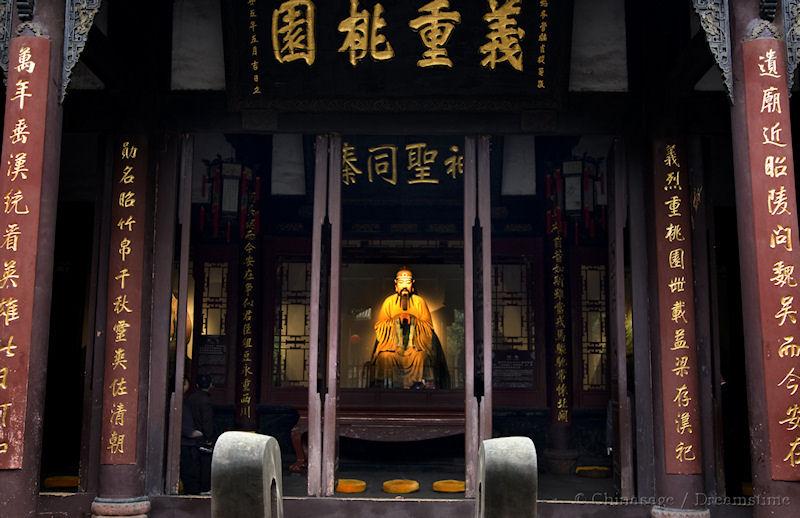
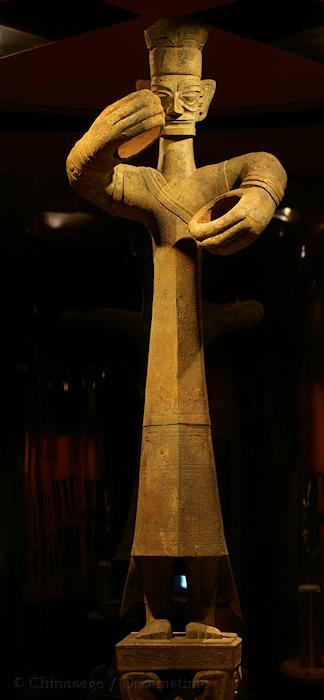
Sichuan History
At the time of the Spring and Autumn Period, the Shu Kingdom centered on present day Sichuan became an important regional power. Perhaps the most important development was the work of Li Bing in the Qin dynasty who built clever water control measures on the Min river that have continue to control irrigation after two thousand years. The Dujiangyan system ➚ is now a UNESCO World Heritage site. The first Han dynasty Emperor Liu Bang (Gaodi or Gaozu) had his main power base in Sichuan. The province was important as a source of salt and because this was a government monopoly it gave much needed revenue from salt tax. Salt was a mainstay of the Imperial tax system and many local entrepreneurs sought to evade the tax by producing salt themselves. Historically the province has been prone to revolt; stiff resistance was given to the Mongol invasion; and again in 1647 when it resisted Qing conquest - Zhang Xianzhong ➚ led dogged resistance to Manchu conquest. In 1895 the Christian missionaries were forced out of the province and the people rose up again in 1911 when foreign companies built their new railways ignoring local opposition. It has often served as the last safe bastion of Chinese culture most recently during the Japanese Occupation when the capital of Free China under Chiang Kaishek was at Chongqing.
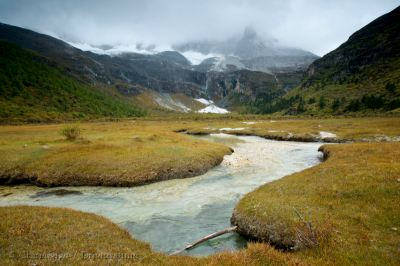
Geography
Tibetan; Hui; Dai and Miao minority people live in the mountains surrounding the central basin which is home to mainly Han Chinese. Sichuan has a warm climate with few winter frosts and is usually hot and humid in summer. The central eastern lowlands form the rich agricultural heartland of the province. The mountainous west is more remote and less densely populated and is geographically and historically part of Tibet. The indigenous Khampa people ➚ in this region revolted against Communist reforms in the 1960s and many fled to Tibet. It has extensive coal and natural gas reserves and grows many crops including rice; tea; rapeseed; bamboo; tobacco and produces a large quantity of silk.
Airports
The airport has 1 terminal and is located 2.5 miles (4.0 kms) from Mianyang. Live Flight information ➚, rank in China 51
See map of location Mianyang Nanjiao Airport
The airport has 1 terminal and is located 32.9 miles (53.0 kms) from Huanglong. Live Flight information ➚, rank in China 74
See map of location Jiuzhai Huanglong Airport
The airport has 2 terminals and is located 9.9 miles (16.0 kms) from Chengdu. Live Flight information ➚, rank in China 5
International Links to :Thailand Nepal Singapore Japan
See map of location Chengdu Shuangliu International Airport
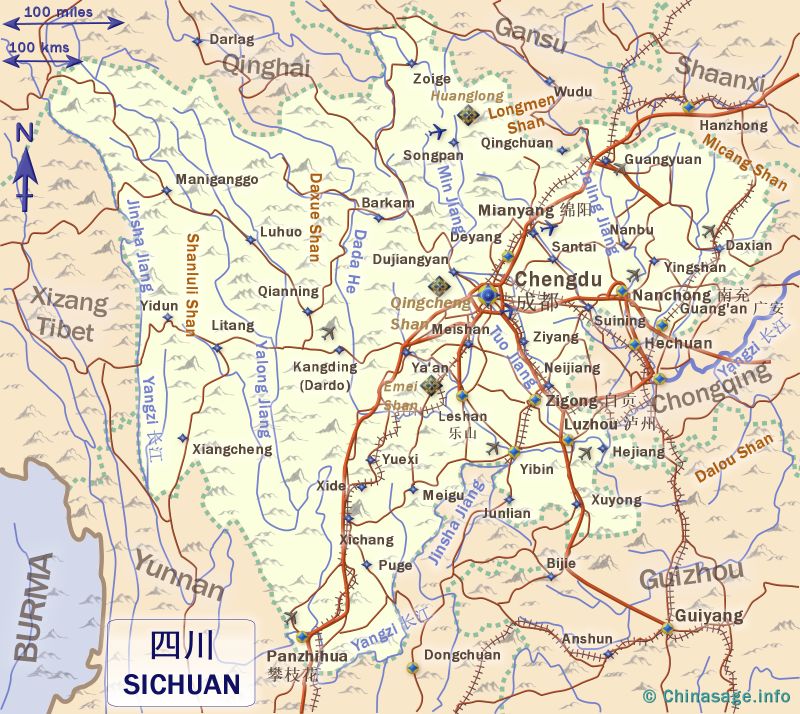
Google map of Sichuan
Bing map of Sichuan ➚
Show Bing Map ➚
Sichuan Climate
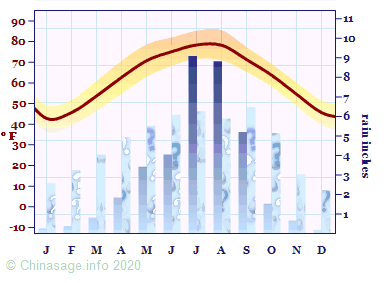
| Major Cities | Population | |
|---|---|---|
| Chengdu | 成都 | 16,935,567 |
| Dazhou | 达州 | 705,321 |
| Guang'an | 广安 | 858,159 |
| Leshan | 乐山 | 987,000 |
| Luzhou | 泸州 | 998,900 |
| Mianyang | 绵阳 | 1,355,331 |
| Nanchong | 南充 | 7,150,000 |
| Neijiang | 内江 | 546,854 |
| Panzhihua | 攀枝花 | 502,478 |
| Suining | 遂宁 | 658,798 |
| Zigong | 自贡 | 689,961 |
Book: 60 Scenic Wonders in China: New World Press: 1980 pp. 159-162, 167-170
Book: A Map History of Modern China: Catchpole: Heinemann: 1976 pp. 26, 36
Book: China : Eyewitness Travel: Dorling Kindersley: 2012 pp. 358-371
Book: Chronicles of the Chinese Emperors: Ann Paludan: Thames and Hudson: 1998 pp. 27-39
Book: Everyday Life in Early Imperial China: Michael Lowe: Carousel: 1973 p. 129
Book: Insight Guides: China: APA publications: 1994 pp. 321-327
Book: Lonely Planet: China: 1988 pp. 624-668
Book: Modern China: A companion to a rising power: Graham Hutchings:… pp. 382-385
Book: Mowrer in China: Mowrer: Penguin:1938 pp. 54-66
Book: Nagel's Encyclopedia guide: China: Nagel: 1978 pp. 1257-1272
Book: Symbols of China: Feng Jicai: Compendium: 2010 pp. 74, 81
Book: The Cambridge Encyclopedia of China: ed. Brian Hook: Cambridge… p. 446
Book: The Water Kingdom: Philip Ball: Vintage: 2017 pp. 27, 108-111
Web page: Map of Sichuan Province: China ➚
Web page: Sichuan (wikitravel) ➚
Web page: Sichuan Travel Guide - Land Of Abundance ➚
City populations for 2012, Province statistics National Bureau of Statistics 2014